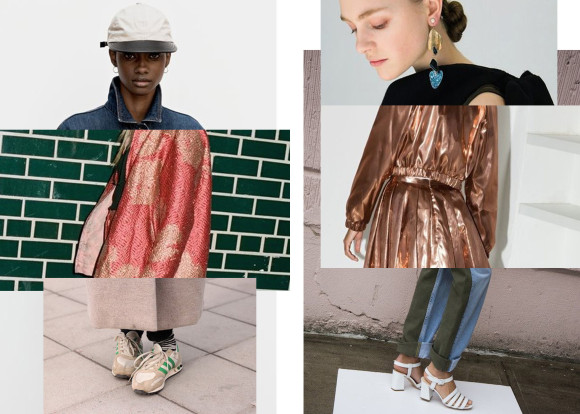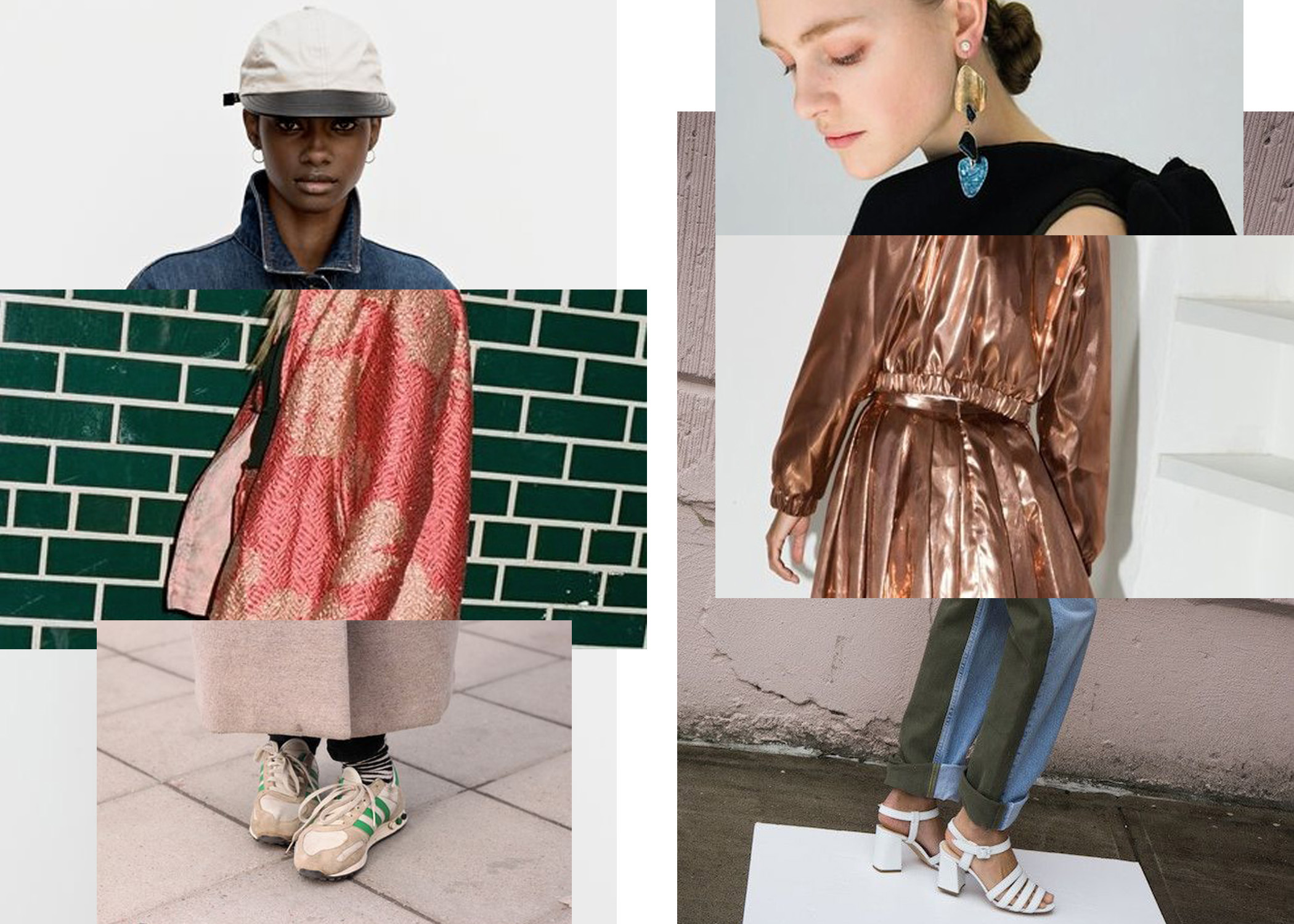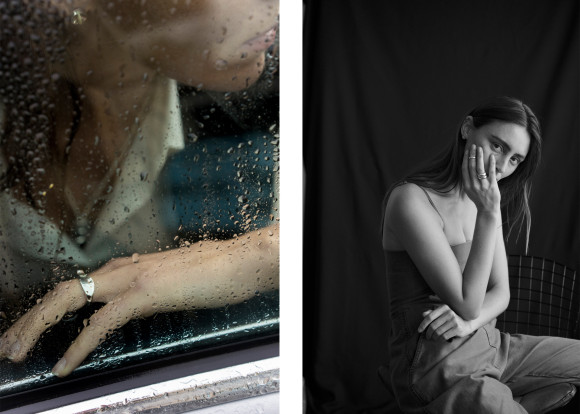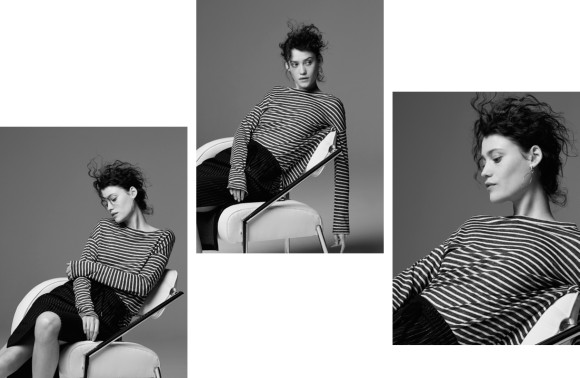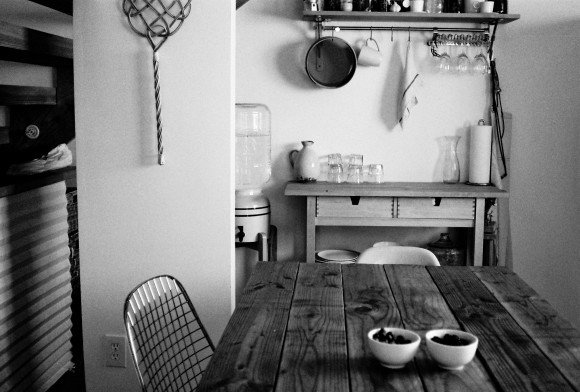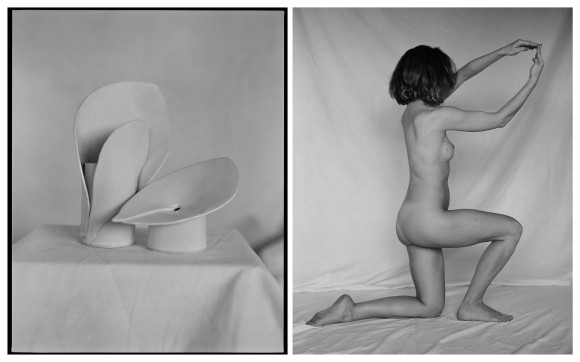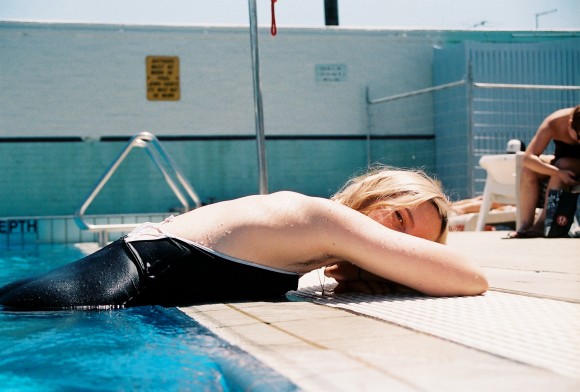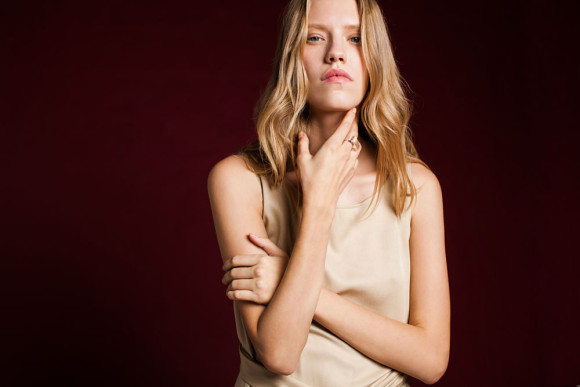Thoughts on Clothing for OKREAL
“Clothing is an exercise in memory. It makes me explore the past: how did I feel when I wore that? They are like signposts in the search for the past.”
—Louise Bourgeois
I’ve been musing over this quote from artist Louise Bourgeois and would like to dedicate it to all of those pieces in our wardrobes that we just can’t part with for this very reason. Why is it that we feel the need to hold on to such pieces? Clothing is designed to make us feel, walk and, essentially, live in a certain way, but when does it start to absorb our emotional state of the time? Can clothing change and grow as we do, or, like a scent that is instantly transportable—freshly mowed grass, chlorine pools, second hand bookstores—is it always that first hazy, rose-tinted experience that soaks between the woven fibers and folded seams?
Because what really happened and what our memory suggests happened are two different things. I often think we will never know the exact reality of a situation because we’re always coming from our own personal perspective, tainted with insecurities, ego and agenda. It seems ‘the collector’ in all of us is a sensitive creature and has a need for these garments’ tactile reminders: colour, texture and shape. So, we keep them, reminding us of ‘that time’ and ‘that place’ and more importantly, ‘that feeling.’
For my 31st birthday last year we spent a weekend in the small town of Whangamata. On our first morning, I declared an op-shop rummage. We took a short car ride to Muma’s Store—a cold building on the outskirts of town offering everything under the sun in an organised manner. I headed straight for the denim section, stacked from floor to ceiling with vintage Levi’s. (Taking into account that New Zealand is not ‘the land of the long white cowboy,’ these original Levi’s were somewhat of a goldmine.) As far as stacks of denim go, you are never promised the perfect pair, however, this time I managed to dig up a pair of soft blue jeans that fit me like a glove. Add a wide-brimmed garden hat and my birthday shopping was complete. I have since named this pair of Levi’s my ‘birthday jeans.’
As cool as it is to think about where these jeans might have been and who may have worn them, it also makes me wonder how long I will hold onto this pair of jeans, because, let’s face it, I’ve named them my ‘birthday jeans.’ It’s safe to say I’m attached. Our first date was at the beach in the middle of winter, wind howling, ocean wild. I warmed them up in front of the fire that night, watching films, drinking wine, wiping my snack-stained hands down their supple seams. So we have ‘history.’ They’re my comfortable, holiday-jeans. They’re probably going to come with me on all of my holidays, gently caressing their soft cotton around my wandering legs. And in respect to that idea, I will keep them in my collection of cloth-related, memory-giving friends.
On the other hand, there are cloth-related items that we have no connection with. I knew a lady who when she turned 50-years-old announced a year of wearing one-colour outfits—strictly one colour for each month. She started by taking her current wardrobe to the local charity store, where she organised with the owner permission to swap-out her scheduled monthly colour with the next. And so she went, starting with the colour red—one of the more easy colours to wear, she told me. “When I was feeling flat, red would instantly pick me up, give me energy, even make me feel sexy.” Yellow was her hardest feat. Even being liberal with the exact tone of yellow she was allowed wear, often the colour would just get her down. It makes me wonder then, when we stand in front of our wardrobes, claiming there is NOTHING to wear, perhaps what we really mean is there is no piece of clothing that matches our emotional state.
It would make sense then to take note of which pieces demanded or exuded which type of personality, and to ask ourselves this question: do we want to use clothing as a way in which to enable our morning mood, or do we want to use it as a tool to shift our psyche into feeling a certain way for a certain kind of day? So, rather than being our ‘signposts in the search for the past,’ as Louise Bourgeois suggests above, perhaps garments can play a role in creating our ‘signposts in the search of the future.’
–
Originally written for okreal.co

